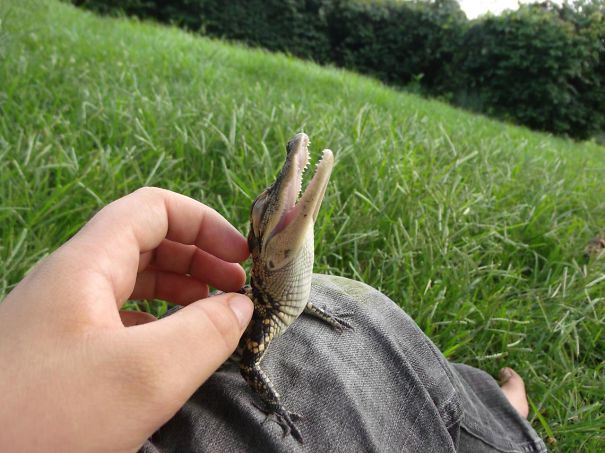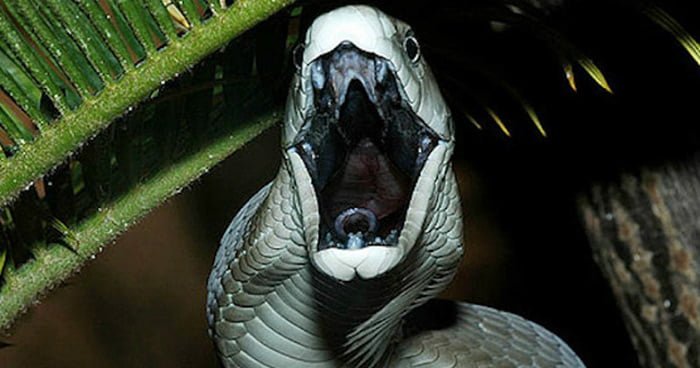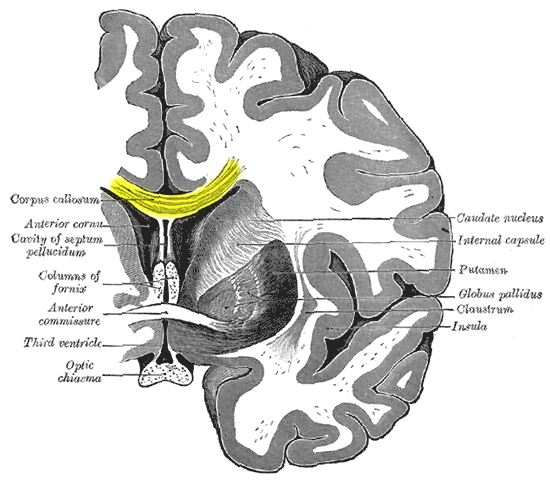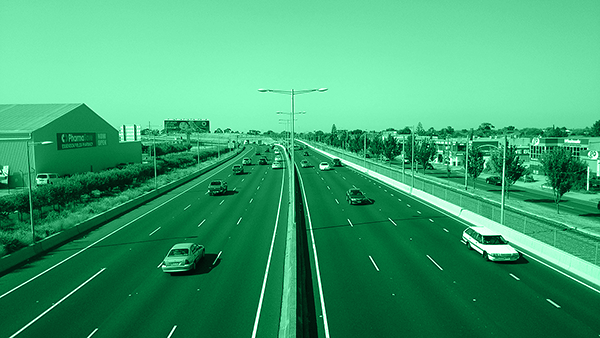Autistics get posttraumatic stress disorder (PTSD) more often than neurotypicals, for a number of reasons.
First, because social skills are confusing to them, they are more likely to be bullied and abused, which thus makes them more vulnerable to developing PTSD. In fact, it has been suggested that autism is likely a vulnerability marker for PTSD by increasing the risk for exposure to traumatic events,[1]PTSD and autism spectrum disorder: Co-morbidity, gaps in research, and potential shared mechanisms in part due to our sensitivities.
But the way our brain works also makes it more likely for us to get PTSD.
What makes us more prone to PTSD?
In simple terms, our brain is designed to hold onto trauma.
There are 2 reasons:
- First, if you read Brandon’s answer to What are the differences of the left and right brain hemispheres of the autistic brain compared to the neurotypical brain? you will learn that our brain is hyperconnected on both sides.
- Second, we cannot pass information from one hemisphere to the other. Not easily, anyway.
Stay with me…I promise you will get this. Let’s first take a journey through our brain’s 3 levels based on the evolution of the brain. Fortunately, nature did not get too complicated—it just plopped one brain on top of the other, thus expanding its functionality over time.
Level 1 (the base)
The Reptile – Flight or Fight

The reptilian brain is the most primitive part of our brain, and its main function is to protect us. Our meltdowns & shutdowns occur because of this part of our brain. The reptilian brain gives us four options:
- Flight
- Fight (meltdown)
- Freeze (shutdown)
- Submit

Level 2 (the middle)
Early Mammal – Emotions, Emotions, Emotions!

This is the middle part of our brain. Everything—everything—comes through this door first.
Think about it like a bouncer at the door at a bar. The bouncer lets everyone in that seems like they are not going to cause havoc—i.e. they are seen as a safe bet.
The amygdala (bouncer) then sends input (people) in the right direction.
If the person (input) is considered potentially dangerous then the amygdala sends the signal down to the reptile part of our brain to execute survival and avoidance strategies.
But if the input is seen as safe, well—then we go upstairs to the late mammal part of the brain.
Level 3 (the penthouse)
Late Mammal – Rationality
If only we could always be as rational as Spock all the time.
This top level of our brain is reserved for cognition and inhibition. So here we think logically, are able to use language to describe our experiences, and this part of the brain allows us to inhibit our impulses.
Our brain is quite simple in this regard. If all is safe, we get to think. If not…
The bridge
Okay so let’s get back to PTSD and autism.
The communication bridge in the autistic brain between the left and right hemispheres is disproportionally smaller compared to the greater volume of the cerebrum,[2]The loss of asymmetry and reduced interhemispheric connectivity in adolescents with autism: A study using diffusion spectrum imaging tractography (Lo et al., 2010)[3]Corpus callosum morphometrics in young children with autism spectrum disorder (Boger-Megiddo et al., 2006) making it more difficult to pass information from the right hemisphere to the left.[4]Decreased Interhemispheric Functional Connectivity in Autism (Anderson et al., 2010)[5]Decreased interhemispheric functional connectivity rather than corpus callosum volume as a potential biomarker for autism spectrum disorder (Li et al., 2019) Think of our bridge (the yellow in the drawing below) as thinner compared to the (mighty) bridge in neurotypical brains.

Reduced connectivity between brain hemispheres has been linked to autism, with the connectivity in the following regions relating to the extent of autistic traits:[6]Decreased interhemispheric functional connectivity rather than corpus callosum volume as a potential biomarker for autism spectrum disorder (Li et al., 2019)
- The bilateral posterior cingulate, which is involved in pain and episodic memory retrieval.
- The insula, which plays a big role in consciousness; it’s involved in compassion and empathy, perception, motor control, self-awareness, cognitive functioning, and interpersonal experience.
- The superior temporal gyrus, which is involved in the processing of sounds, and the perception of emotions in facial stimuli) connections.
Local hyperconnectivity
We also have more connectivity between neurons that are close together, but less connectivity at longer distances within the brain. In the image below, you can see the neurotypical brain on the left and the autistic brain on the right.[7]Brain hyperconnectivity in children with autism and its links to social deficits
To read more about the local hyperconnectivity of the autistic brain, have a look at:
Autistic brain differences – Connectivity
So what does this cause?
Well, think of it as a 4-lane freeway (corpus callosum) which is not during rush hour (number of connections). Everything moves and processes nicely. That is the neurotypical brain.

Autistics, on the other hand, have a 3-lane freeway during the height of rush hour. This makes us less likely to process information, which is in part what causes PTSD.

The guard
Information coming into the brain goes to the guard of the brain first. This guard is known as the amygdala. What the amygdala does is decide if what we are experiencing is a threat or not.
If what we experience is seen as a threat, then down to the reptilian part of the brain we go, where we have the options of fight–flight–freeze or submit.
In most people, once the threat is over the brain then sends the information to the left side of the brain where we apply logic and language. Once we can speak about something in a coherent way then we are able to process it and let it go.
The differences in our brain do two things:
- One is that our over-connectivity causes us to go round and round and round which results in us being obsessive, as we keep looping information.
- And in addition, the difference in our left–right hemisphere brain bridge causes us to not be able to move the information across to the left brain where we can speak logically about the incident.
This is also why we have such a high prevalence of alexithymia! Read more on alexithymia and autism here:
Alexithymia & autism guide
Trauma symptoms
For autistics, the most common symptoms detected following trauma were:[8]Posttraumatic Stress Disorder in individuals with diagnosis of Autistic Spectrum Disorders
- Deterioration in social and communicative abilities
- Increase in stereotypes
- Agitation
- Aggression
- Hyperactivity
- Distractibility
- Sleep disorders
- Self-injury
- Loss of self-care skills
Sleep
When you dream, the information of your day goes to your thalamus, and then during dreaming to your frontal lobe. This movement of information facilitates processing of your day, which is important when it comes to processing trauma.
People with PTSD wake themselves up out of their dreams, thereby preventing consolidation. It is called REM interruption insomnia. People who get traumatized don’t process their memories during their dreams, thus preventing them from allowing the trauma to be laid to rest.
In addition, sleep problems which are very common among autistics will only make processing traumas more difficult. Read about sleep problems & autism in our 4-part series:
Autism & sleep problems
Read more about the connection
between autism & PTSD here:
Comments
Let us know what you think!